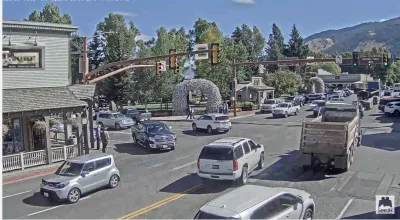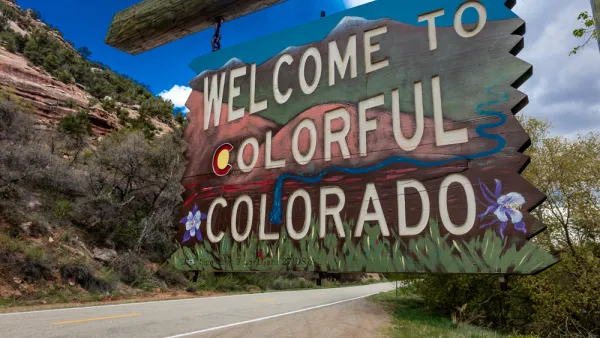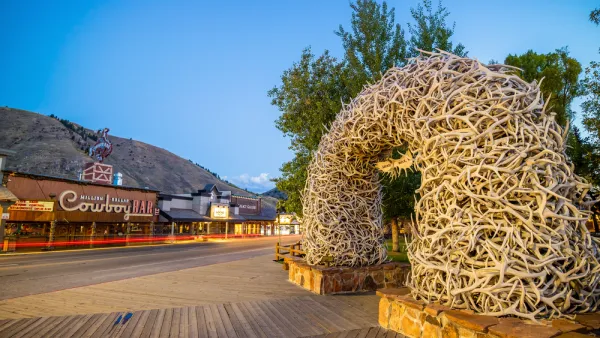The story of Jackson Hole, Wyoming, illustrates the class tensions that arise when an idealized vision of life close to nature butts up against the realities of wealth, privilege, and social inequality.

Billionaire Wilderness is new book by Yale sociologist Justin Farrell that examines the extreme inequality in Teton County in Wyoming, the county with the highest per capita income in the United States.
People are drawn to the area because of its access to spectacular open spaces, but the bulk of land in the county, 97 percent, is public land, leaving small tracts available for development. The tourism industry has also resulted in a large number of low-paid service workers not able to live in Jackson Hole, where many of these jobs are located.
The reasons behind the income inequality in Teton County are varied. For one, Wyoming does not have income tax and property taxes are low, a draw for wealthy individuals from other states. And while philanthropy by the area’s well-off residents is robust, those donations tend to go to arts and conservation causes.
"That is a particular dilemma in Wyoming, where minimal taxes mean the state has extremely limited public funds. Private donations bankroll a lot of services in the county, such as housing assistance or mental-health counseling ('buzzkill issues,' as Farrell puts it)," writes Heather Hansman.
Through a series of interviews, Farrell discovers that the area’s wealthy seem largely unaware of the class discrepancies around them and the struggles of the people behind the tourism industry.
"After outlining the conflicting interests between conservation and growth, affordable housing and preservation, Farrell concludes that we can’t have it all. This has always been a region that was developed according to the interests of the ultrarich, and it’s becoming more apparent who really gets to live out a western fantasy," says Hansman.
FULL STORY: America's Richest Mountain Town Is Its Most Unequal

National Parks Layoffs Will Cause Communities to Lose Billions
Thousands of essential park workers were laid off this week, just before the busy spring break season.

Retro-silient?: America’s First “Eco-burb,” The Woodlands Turns 50
A master-planned community north of Houston offers lessons on green infrastructure and resilient design, but falls short of its founder’s lofty affordability and walkability goals.

Delivering for America Plan Will Downgrade Mail Service in at Least 49.5 Percent of Zip Codes
Republican and Democrat lawmakers criticize the plan for its disproportionate negative impact on rural communities.

Test News Post 1
This is a summary

Test News Headline 46
Test for the image on the front page.

Balancing Bombs and Butterflies: How the National Guard Protects a Rare Species
The National Guard at Fort Indiantown Gap uses GIS technology and land management strategies to balance military training with conservation efforts, ensuring the survival of the rare eastern regal fritillary butterfly.
Urban Design for Planners 1: Software Tools
This six-course series explores essential urban design concepts using open source software and equips planners with the tools they need to participate fully in the urban design process.
Planning for Universal Design
Learn the tools for implementing Universal Design in planning regulations.
EMC Planning Group, Inc.
Planetizen
Planetizen
Mpact (formerly Rail~Volution)
Great Falls Development Authority, Inc.
HUDs Office of Policy Development and Research
NYU Wagner Graduate School of Public Service





























